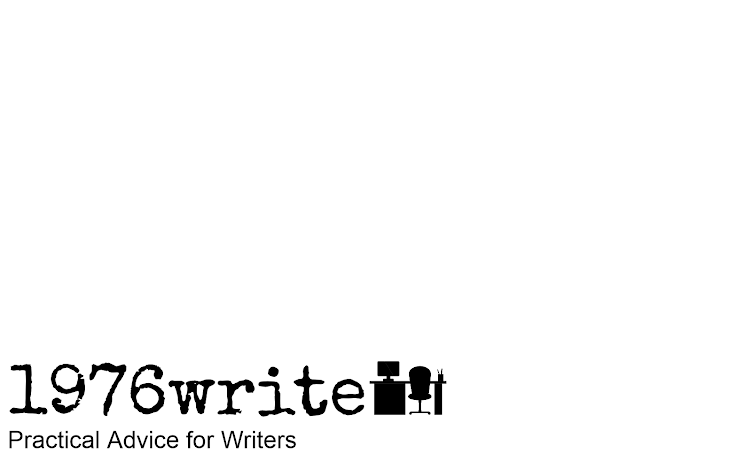The internet is full of fiction prompts and writing tips, giving ideas on plot and character development. However, nonfiction writers require a different set of writing tips, particularly if they're writing a book.
Nonfiction needs to grab the audience's attention, as well as inform and educate them, and maybe have a little inspiration thrown in there too. There are plenty of things you can do to make your nonfiction writing more appealing.
1. Create an Objective for Your Book
Half the battle of writing a book is knowing what you're going to be writing about, and even then you need to know you have something that will keep your readers riveted. You need to know the objective of your book, and what it will offer the audience.
Is there a special reason why you're writing this book? Most people have some kind of personal reason, and that's a good place to start.
Below are goals nonfiction writers usually use to help them find purpose in writing their nonfiction book:
- The book will enlighten the audience to an important issue.
- Will impart information about a particular part of their life.
- Will form a written record of a specific event that is important to the author.
- The book will be about a personal life event that you hope will connect to your audience.
- Be a how-to or step-by-step guide to one of life's many challenges.
Once you've found your objective you need to build the narrative. Each chapter will gradually build-up a picture of what you want your readers to know.
People will always buy books that interest them, and everyone is different. By creating a purpose for your book, you ensure an audience will follow.
2. What Area Do You Specialise In?
Once you've discovered the objective of your book, you now need to figure out which area you're going to specialise in. This is where you start looking at books in the same genre, and what makes them so special. Amazon is a great place to start, and there are plenty of other online libraries and bookstores that will point you in the right direction.
Your aim is to be different, and offer a new perspective on your genre. You may have a unique way of writing and formatting information which can lay out the information in a totally different way.
Remember: Not everyone learns at the same speed, or thinks in the same way.
You may find a lot of the same kind of book in your chosen subject, and there may be things that previous authors have failed to include in their books.
This is your opportunity to offer a new perspective and take, so it's worth spending time researching your subject. You'll find some topics are more popular than others.
3. Adapt Your Writing to Suit Your Audience
When you've figured out who your audience is you can start writing for them.
Here are some tips to get you started:
- Don't write like you're writing for a first grader.
- Choose your vocabulary wisely.
- Workout your audience's level of education.
- Find the right tone.
4. Infuse Real Stories Into Your Book
Not all nonfiction books need to read like a textbook, try writing incorporating a human element with a story or two. It will make your writing more relatable, and your text more interesting when you add in something personal.
Nonfiction books that employ stories to their structure, such as, memoir, biography or true crime, these books work better when they're written in a more traditional story structure.
This will facilitate the plot of your book, and develop the real-life characters in it, if it's a memoir or biography. Use more evocative style language when setting scenes and relating action. Work out your beginning, middle and end, and if you need to include a climax. This will keep your readers glued while they read.
6. Blend Dialogue Into Your Text
Dialogue can be a handy tool for nonfiction writers. Spoken words create a picture in the mind of the reader, as they read, which helps bring a new viewpoint to your book.
Here are the places you'll usually find dialogue in nonfiction books:
- When an expert is offering advice in an informative book.
- When people are recommending a particular technique used in a self-help book.
- When people are talking in a memoir, often used in flashback scenes.
- When friends and family are asked to tell events in a person's life for a biography.
7. Create Your Own Writing Style
Nonfiction can often come across as quite bland and uninteresting, but the truth is nonfiction is real-life. That leaves a huge range for incorporating interesting styles and structures into the text.
There are no rules.
Just because one writer likes to write in a particular way, doesn't mean you have to use the same layout for your text. By using smaller chapters, lists, dialogue, all of these devices can be used anyway the writer chooses it.
Thinking outside the box will make your work stand-out, especially if you're using a particular style and format for laying out information, giving you the edge.
Share this post with your friends!
Read more:
How to Fine Tune a Sentence
Making Improvements to a Sentence at Word Level (Part 1)
Making Improvements to a Sentence at Word Level (Part 2)
What You Need to Know About the Function of Syntax in Sentences


No comments:
Post a Comment
Tell me your thoughts.